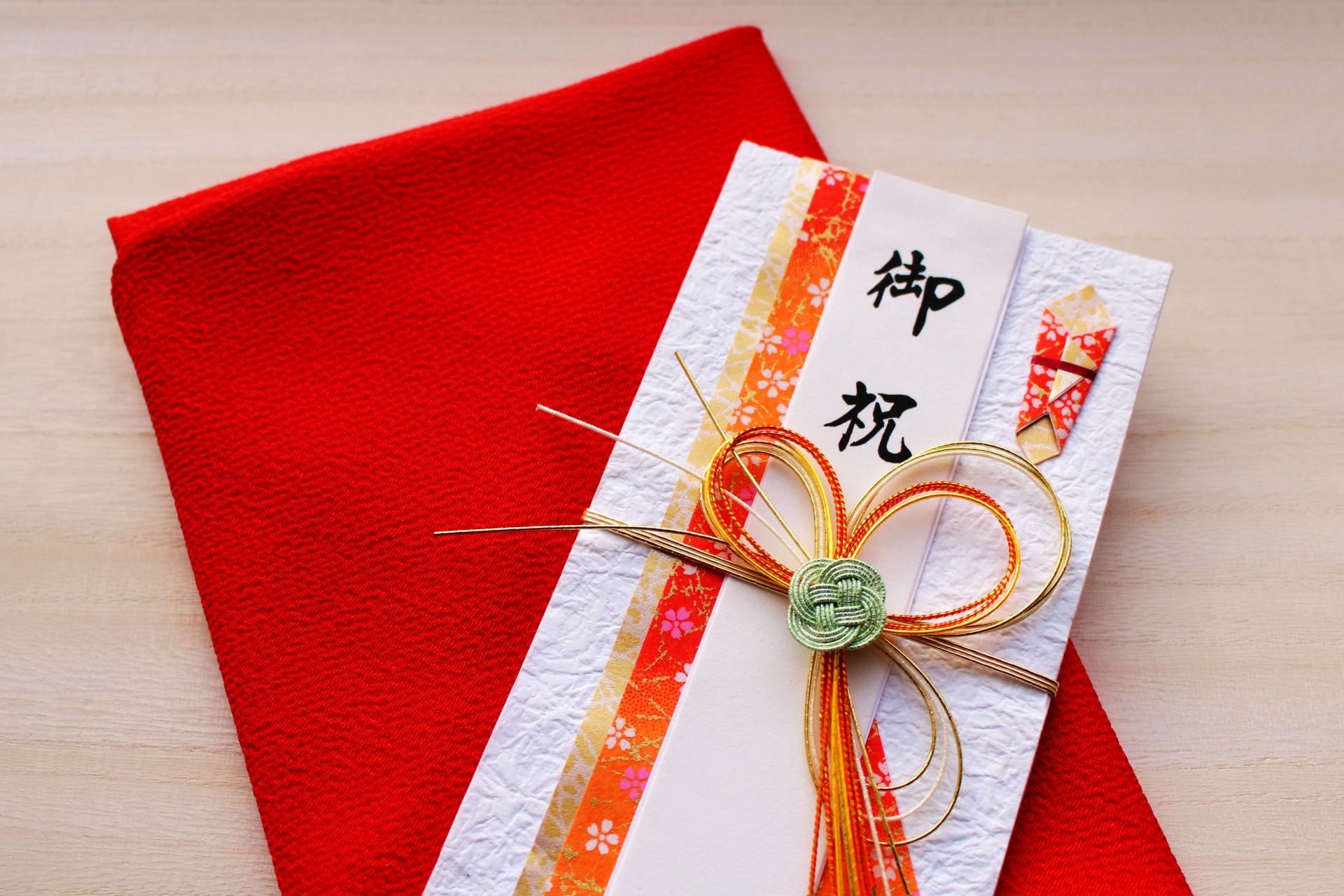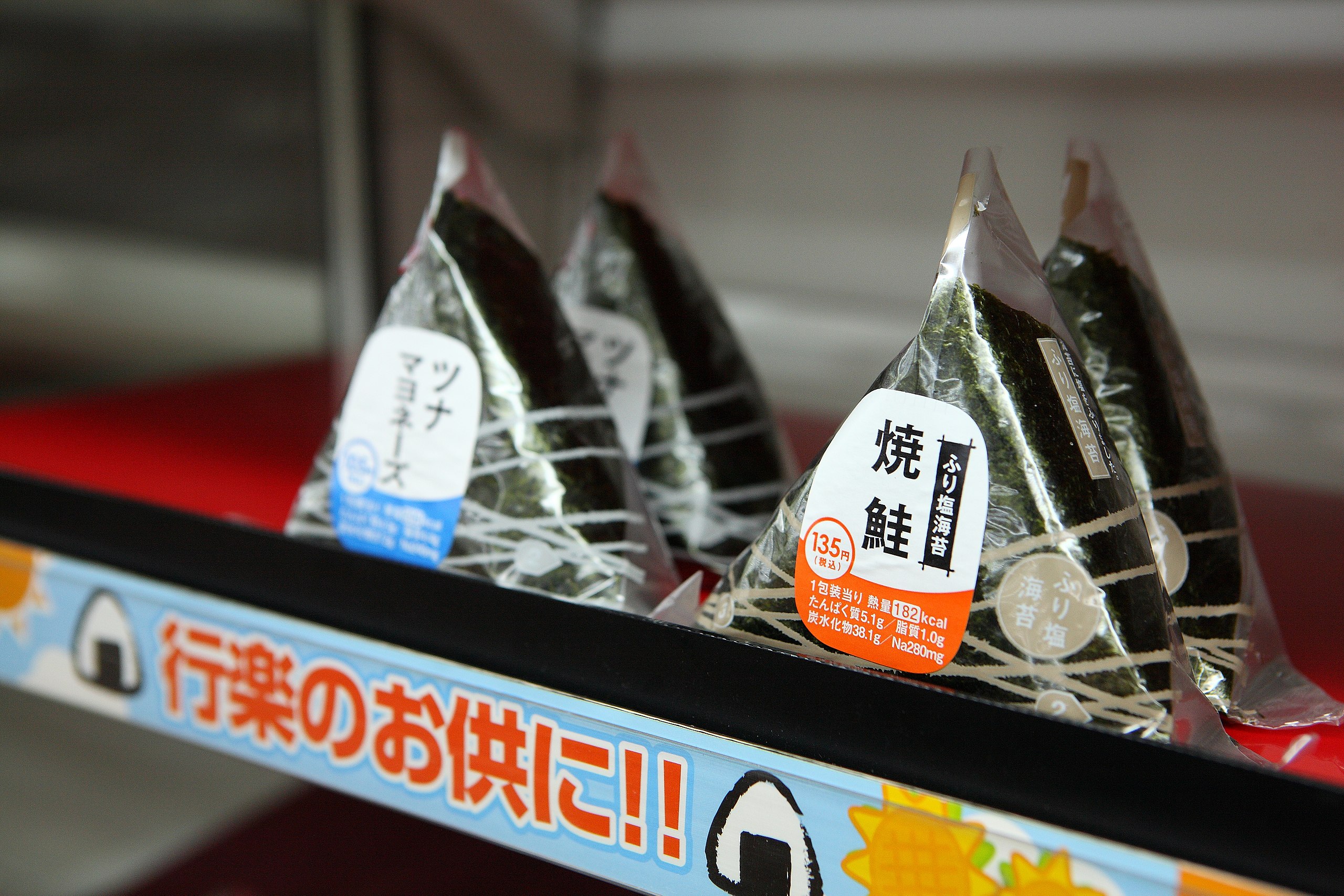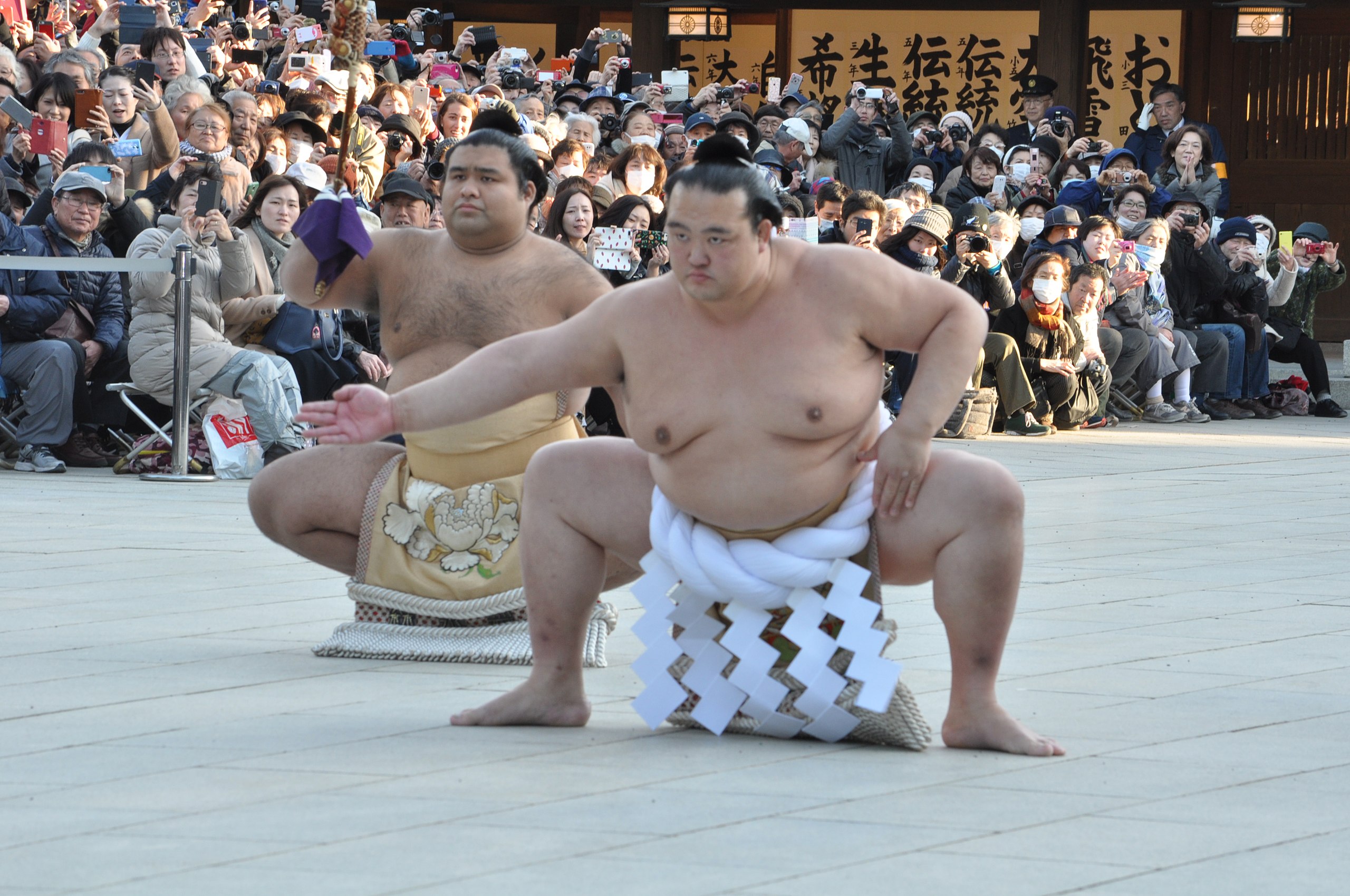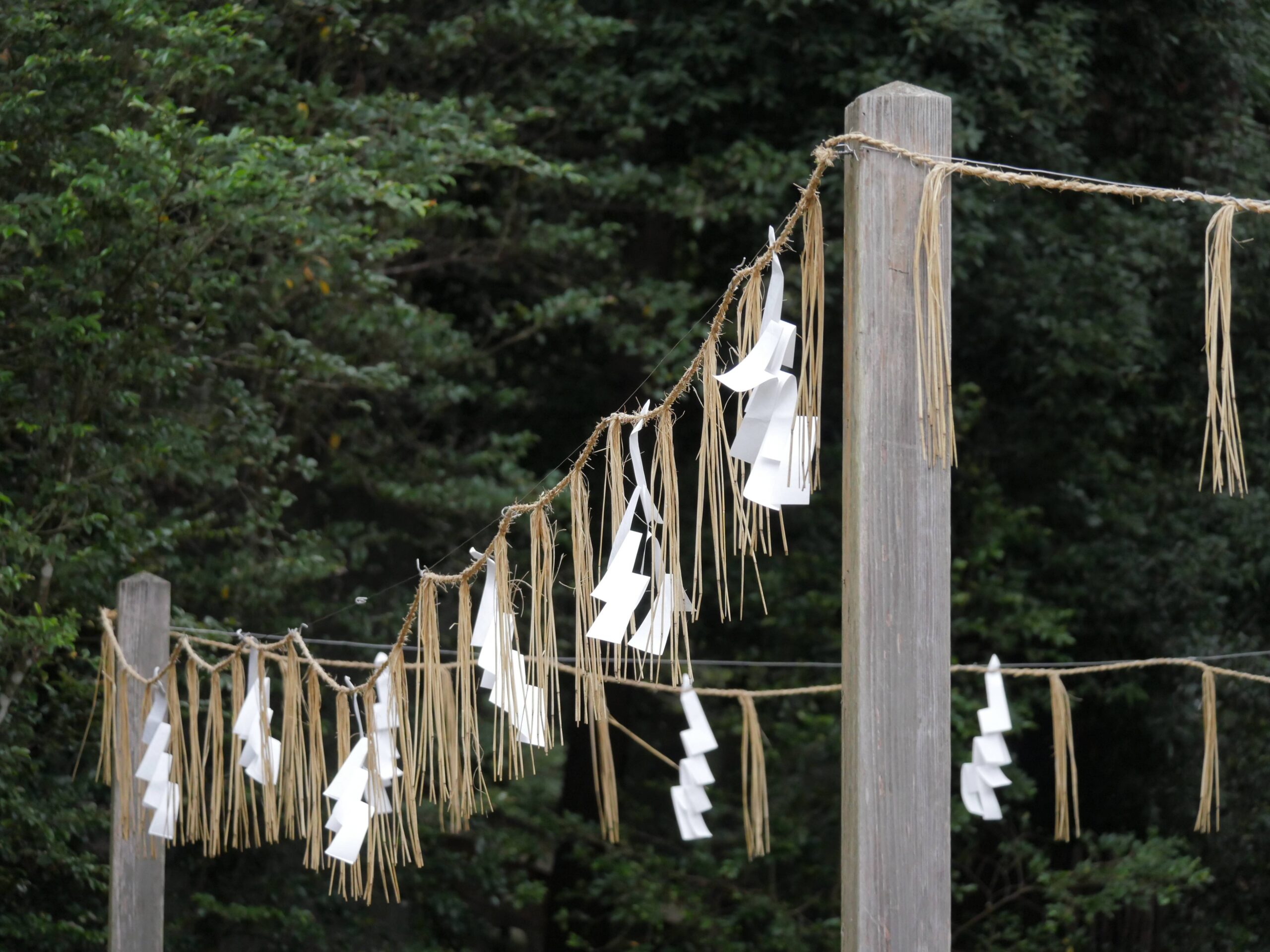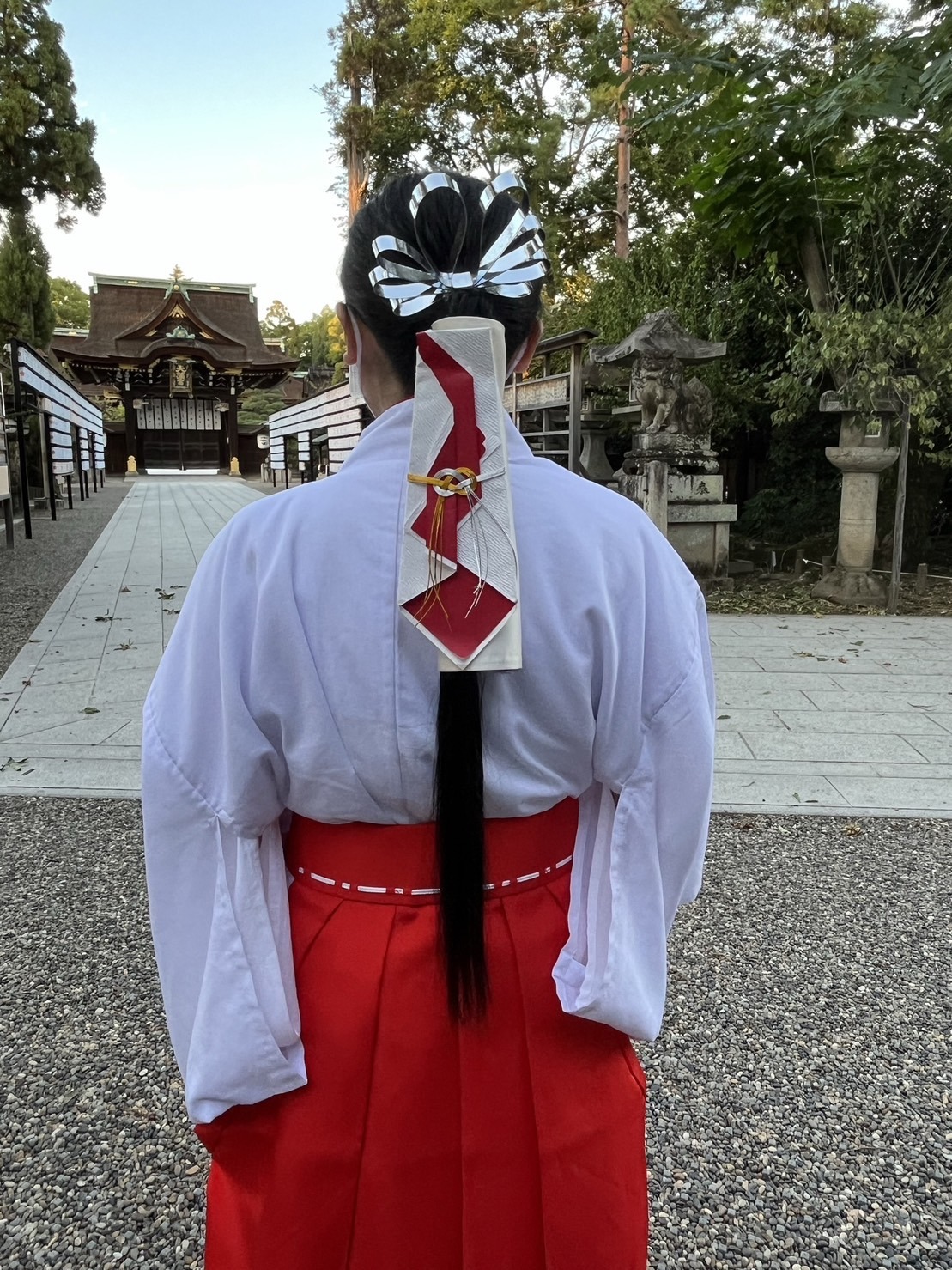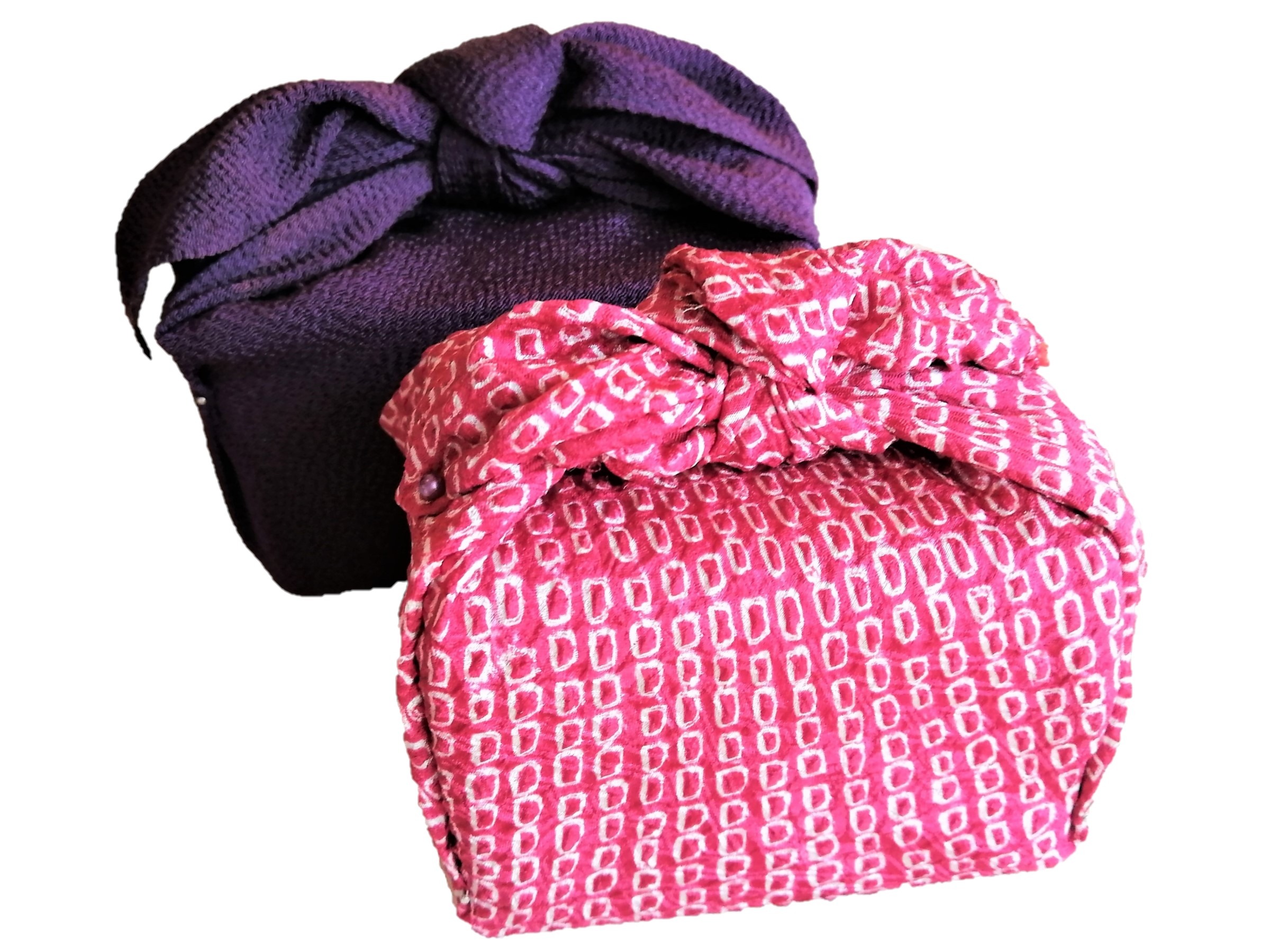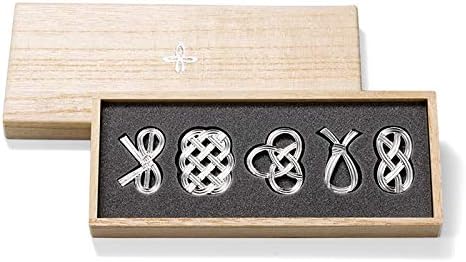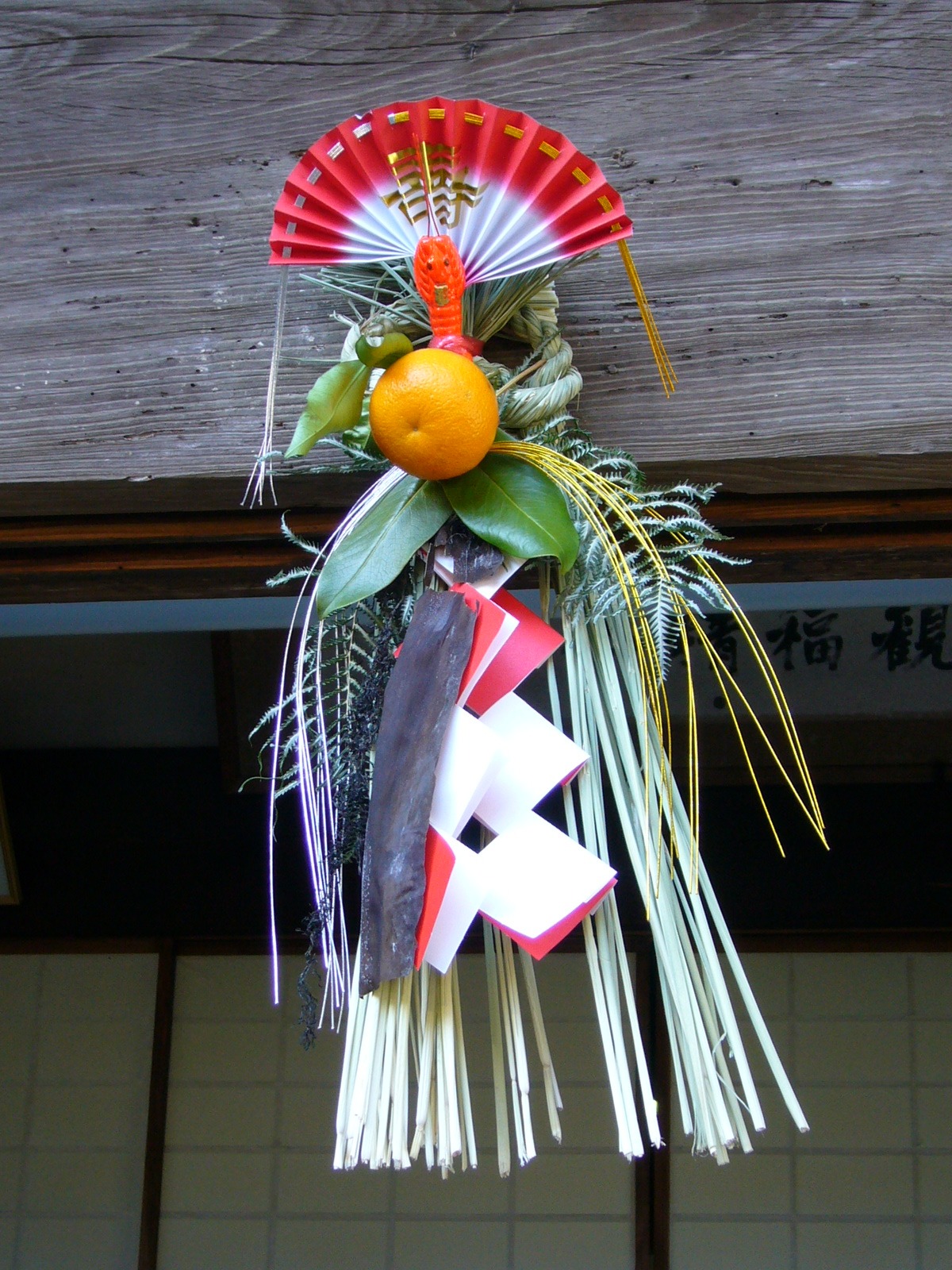
Musubi
In the depths of Japanese mythology
While hairdressing and ribbon tying are components of cultures all around the world, no culture valued the act of tying (musubi) as much as Japan. The concept of musubi is implied in the furthest depths of Japan’s mythological structure – the very first characters to appear in its creation story are Takamimusubi and Kami-musubi.
Musubi is composed of two words: musu (to birth) and hi (spirit). Accordingly, musubi refers to a state in which something is just about to emerge.
Mizuhiki, Yokozuna, and Jangling Straps
The easiest example of musubi is surely the birth of a new child. Newly born boys are called musu-ko, while girls are called musu-me. The potential for the emergence of such life-giving power was manifested in the distinct forms of musubi-me (knots).
Emergence of the the divine was never expressed overtly, but instead, merely implied by the symbolic tying of knots. Shimenawa ropes or nusa paper streamers were tied to denote boundaries for areas or objects to which divine spirits would descend. Such practices of musubi were the origin of Shinto shrines.
In its simpler form, the shimenawa becomes the mizuhiki ties on gifts and special envelopes. Applied to the hair, it becomes a chonmage topknot. And, the ginkgo-leaf style topknot worn by sumo wrestlers is nothing but a living shimenawa. The concept and techniques of musubi can also be found in omikuji fortune slips and, in more contemporary times, the jangling strap charms lavishly hung by high school girls on their cell phones, or the misanga bracelets which symbolized prayers – whether they be for victory by the national soccer team or recovery from natural disasters.


